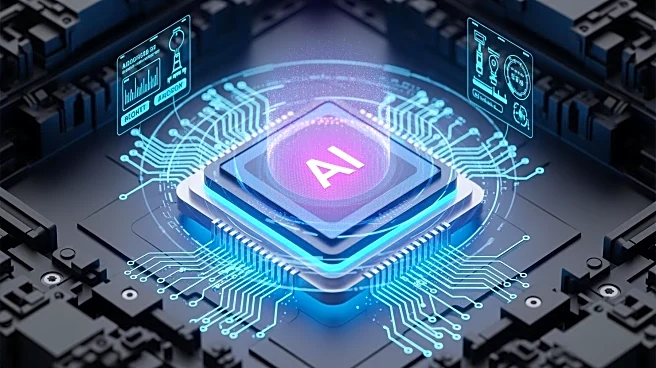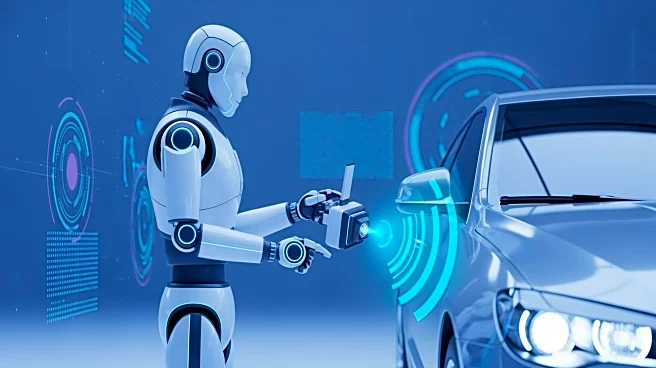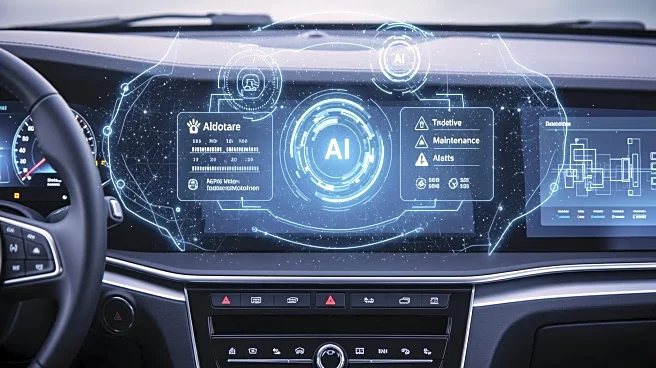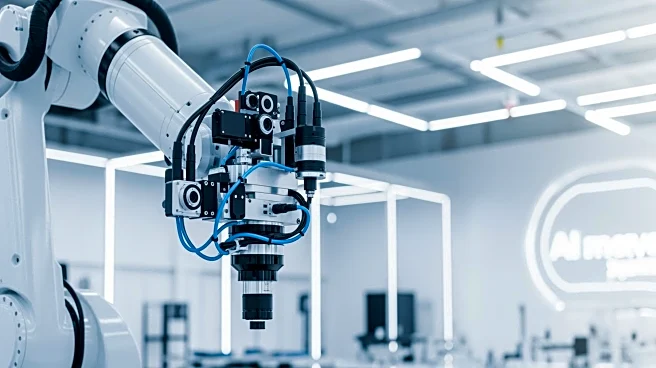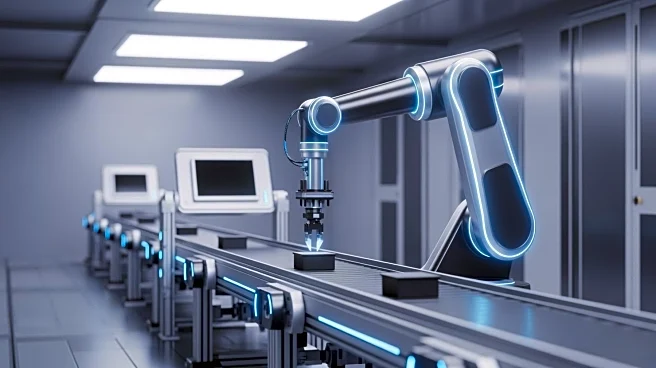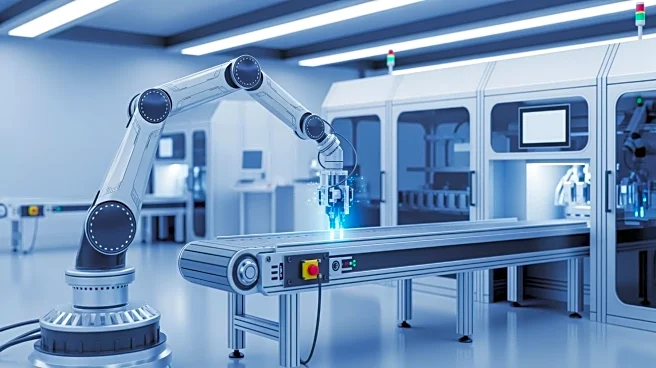What's Happening?
A study published in Nature explores the use of Explainable AI (XAI) for predictive maintenance of governor valve actuators. The research highlights the effectiveness of XAI in providing comprehensive decision analysis, improving fault diagnosis, and
early warning systems. By employing machine learning models and SHAP-based methods, the study demonstrates enhanced diagnostic accuracy and computational efficiency. The approach aims to optimize sensor selection and feature contribution analysis, reducing data costs and improving model performance.
Why It's Important?
The application of XAI in predictive maintenance represents a significant advancement in industrial automation and reliability. By improving fault diagnosis and early warning systems, industries can enhance operational efficiency and reduce downtime. The study's findings could lead to more effective maintenance strategies, optimizing resource allocation and minimizing costs. This development is crucial for sectors reliant on complex machinery, such as manufacturing and energy, where predictive maintenance can significantly impact productivity and safety.
What's Next?
Industries may adopt XAI-based predictive maintenance systems to improve operational reliability and efficiency. The study's approach could influence the design of maintenance protocols, encouraging the integration of advanced AI techniques in industrial settings. As the technology evolves, further research may explore its application in other areas, potentially transforming maintenance practices across various sectors.
Beyond the Headlines
The use of XAI in predictive maintenance raises ethical and practical considerations regarding the transparency and interpretability of AI systems. This approach may influence industry standards and regulatory frameworks, promoting the adoption of AI technologies that prioritize explainability and accountability. The study's findings could also impact cultural attitudes towards AI, fostering greater trust and acceptance of AI-driven solutions in industrial contexts.
